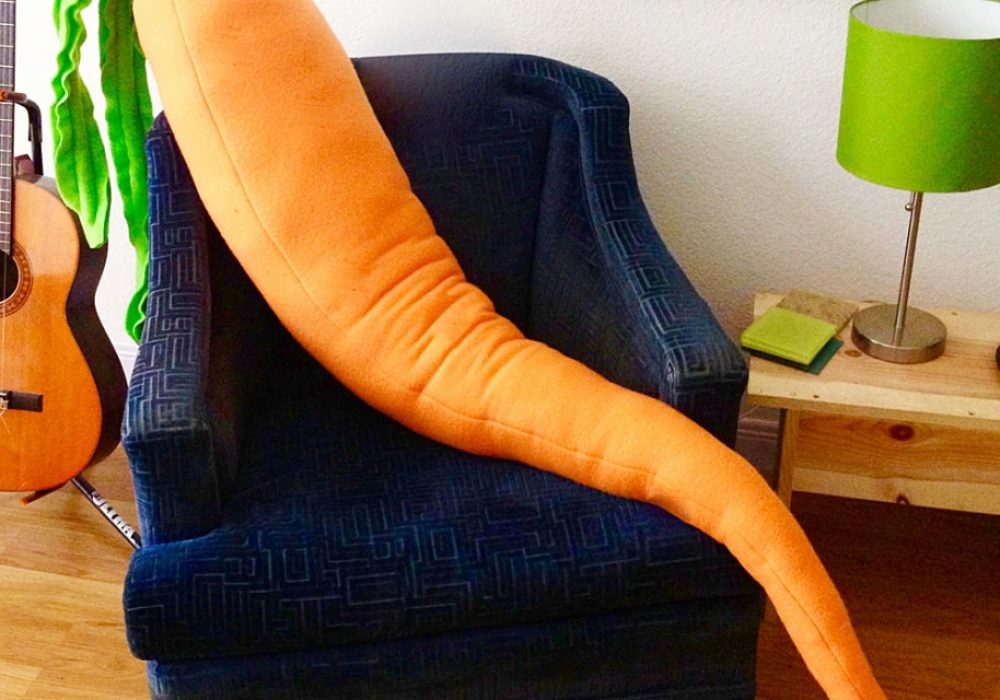
Mouse Paint by Ellen Stoll Walsh is a cute little story about mice that get into paint and not only make a mess but discover what happens when you mix colors. In my PreK class I had more than a few kids make the connection all on their own.

Little Blue and Little Yellow by Leo Lionni is a profound book with underlying commentary about race relations while the surface story is about little blobs of color who when squished together turn into one green blob! You’ll be surprised by how easily your preschooler will pick up on the connection between the two. Kids love this book and adults reading it will enjoy the fun and dynamic language used to describe the vibrant colors that the bunny plunges into. The cover illustration of the bunny in the paint always makes me think of dyeing Easter eggs which is another great opportunity to teach about color mixing. It’s not a complicated story, instead it’s a brilliant book and lesson about color mixing. White Rabbit’s Color Book by Alan Baker is a classic in my mind and if you have never read it you must. A few seconds later the measuring cup was spewing and giggles were plentiful. I was already going inside to let them play when I heard him say ” This is going to be epic!” so I clicked this shot. My daughter was super excited to declare that it HAD to be yellow in the jar because the bubbles turned green!Īfter the mystery was solved I handed them the extra baking soda and vinegar and let them go hog wild. He was playing it cool and could guess what would happen but he still loved it. We mixed it up and voila purple! Then I prompted ” What makes purple? Your vinegar was blue…” My daughter poured the first one and at first it didn’t turn purple, I had too much baking soda on top of the red food coloring. My 7 year old got the concept right away and whispered the answers in my ear ( if it turns purple it’s red, green it’s yellow) he agreed to play along and was glad he did. Explain that all you need is the blue to figure it out. Invite your detective to come and help you figure out which jar has yellow food color and which has red. Pop a few drops of blue food color in the vinegar. Cover with s little more baking soda so your child can see what color might be hiding under the baking soda. Add the yellow food color in one and red in the other.

Start by putting some baking soda into your containers. You will need a container for each color, a small measuring cup for the vinegar, baking soda, a measuring spoon, red, blue, and yellow food coloring. Just as much fun but simpler for little ones. For younger kids who aren’t up for solving mysteries don’t use colored vinegar just hide the colors in the baking soda and left them erupt.

They had a blast doing it and playing with left over materials after too. My four year old has been a little obsessed with color mixing and my son loves a good mystery, I decided to put these lessons together in a fun mystery for them to solve. We’ve made many versions over the years but this one was probably my favorite. My kids love making baking soda and vinegar science experiments.


 0 kommentar(er)
0 kommentar(er)
